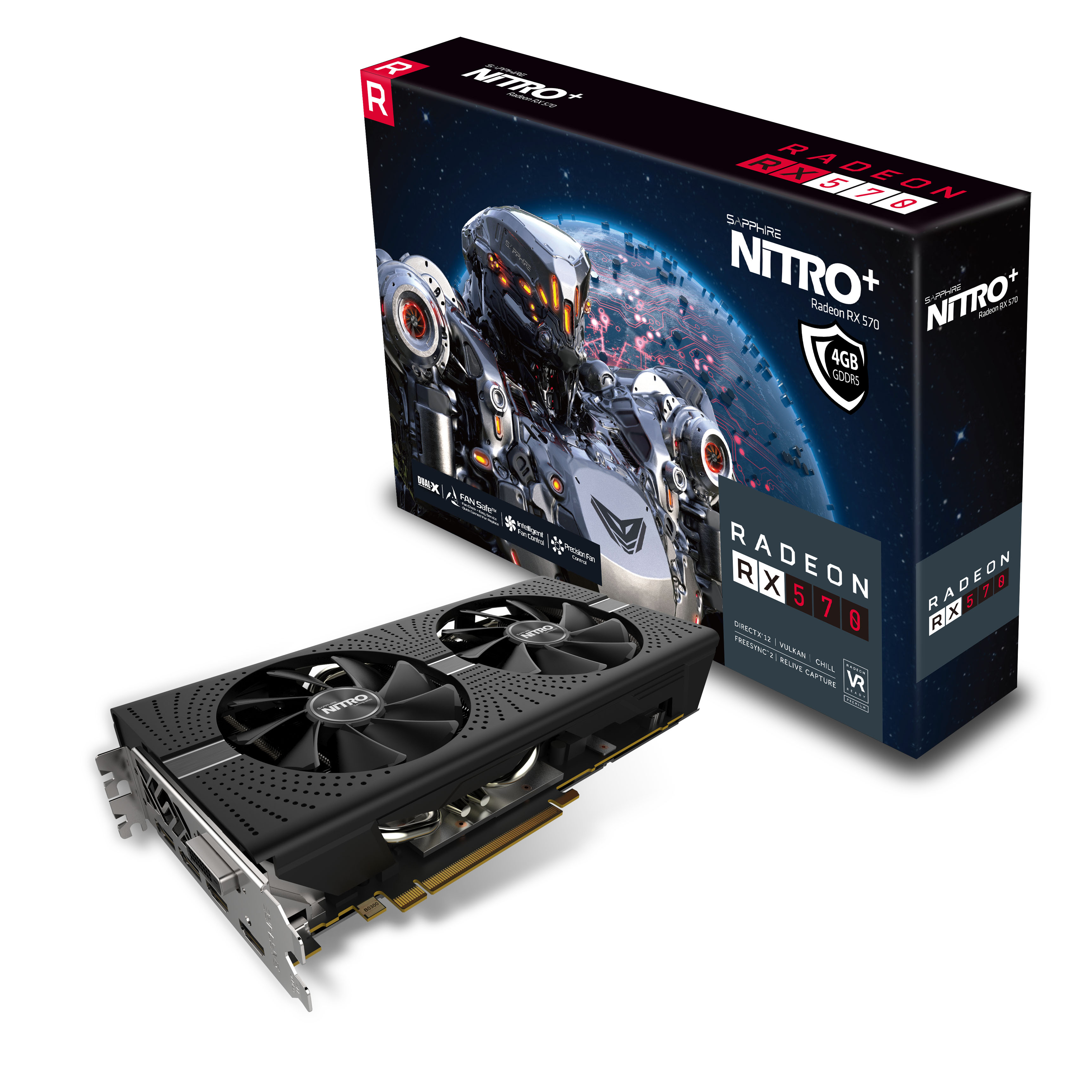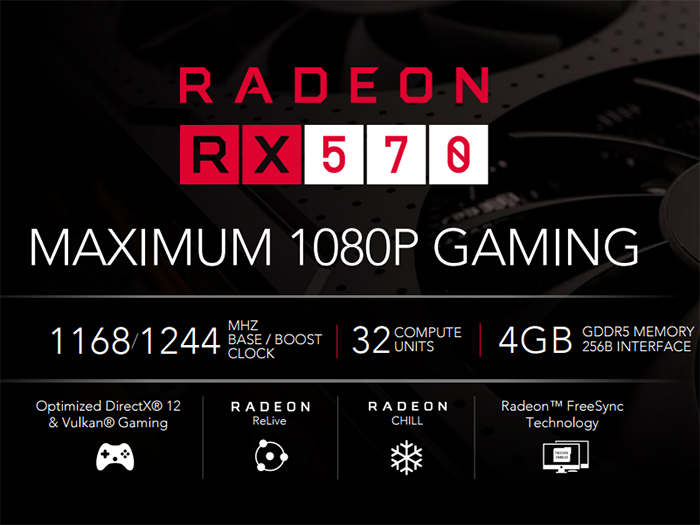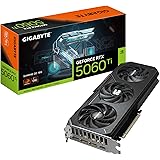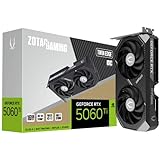The AMD Radeon RX 570, a mid-range graphics card released in 2017, quickly became a popular choice for gamers and cryptocurrency miners alike. The RX 570 is based on AMD’s Polaris architecture, specifically the Polaris 20 XL GPU. Key specifications include 32 Compute Units (CUs), 2048 stream processors, 128 texture units, and a base clock frequency of 1168 MHz, boosting up to 1244 MHz. These specifications contribute to a peak pixel fill-rate of 39. 808 GP/s and a peak texture fill-rate of 159. 232 GT/s. The card’s transistor count is 5. 7 billion, reflecting the complexity of its design.
The RX 570 typically comes with 4GB or 8GB of GDDR5 memory, operating on a 256-bit memory interface. This configuration allows for a memory bandwidth of 224 GB/s, with the memory running at 7 Gbps. The combination of these specifications results in a theoretical maximum performance of 5. 1 TFLOPs, making it a capable card for many gaming and compute tasks.
The RX 570 was designed to provide a solid 1080p gaming experience. In many popular titles, it can deliver frame rates of 60fps or higher at high settings. Games like “Grand Theft Auto V,” “The Witcher 3,” and “Overwatch” are generally playable at these settings, providing a smooth and visually appealing experience.
Compared to its predecessor, the RX 470, the RX 570 offers a modest performance increase due to higher clock speeds and refined architecture. It competes with NVIDIA’s GeForce GTX 1060 in the mid-range market, often trading blows in different games and benchmarks. The RX 570’s strong price-to-performance ratio made it an attractive option for budget-conscious gamers looking to maximize their gaming experience without breaking the bank.

Cryptocurrency Mining
Beyond gaming, the RX 570 gained significant popularity among cryptocurrency miners. Its architecture was well-suited for mining algorithms like Ethereum (ETH), Zcash (ZEC), and Monero (XMR). The card’s memory bandwidth and parallel processing capabilities allowed it to efficiently perform the complex calculations required for mining.
Specifically, the RX 570 could achieve an Ethereum mining hashrate of around 24 MH/s at stock settings, which could be increased to approximately 28 MH/s with overclocking. For Zcash, the hashrate was around 275 sol/s, which could be boosted to 300 sol/s with optimization. Similarly, Monero mining could yield around 550 H/s, with overclocking potentially pushing it to 650 H/s.
The profitability of mining with the RX 570 varied depending on the cryptocurrency’s price, mining difficulty, and electricity costs. However, during periods of high cryptocurrency prices, the RX 570 was a lucrative option for miners, leading to increased demand and shortages in the market. The RX 570 4GB Hashrate for various cryptocurrencies, such as DaggerHashimoto (ETH and ETC), Decred (DCR), Cryptonight (XMR and XDN), Lbry (LBC), Equihash (ZEC, ZEN, ZCL, BTG, KMD, HUSH), Pascal (PASC and PASL), and X11GOST (Sibcoin), also contributed to its widespread adoption in the mining community.
Overclocking and Optimization
One of the reasons for the RX 570’s popularity was its overclocking potential. By adjusting the core voltage, clock speeds, and memory timings, users could significantly improve the card’s performance in both gaming and mining. Common overclocking settings involved undervolting the core to reduce power consumption and heat, while increasing the memory clock speed to maximize bandwidth.
For example, miners often used specific settings for different algorithms. For Ethereum, a core clock of around 1150 MHz and a memory clock of 2000 MHz were common. For Zcash and Monero, higher core clocks of around 1300 MHz were often used. These settings, combined with undervolting to around -30mV, could reduce power consumption to around 150 watts per hour while maintaining optimal performance.
However, overclocking also came with risks. Pushing the card too far could lead to instability, crashes, or even permanent damage. Therefore, users needed to carefully monitor temperatures and voltages to ensure the card remained within safe operating limits.
Impact on the Market
The RX 570 had a significant impact on the graphics card market. Its combination of performance, price, and overclocking potential made it a popular choice for gamers and miners alike. The increased demand, particularly from the mining community, led to shortages and price increases, affecting the availability of the card for regular consumers.
The RX 570 also influenced the strategies of both AMD and NVIDIA. Its success demonstrated the importance of the mid-range market and the potential for graphics cards to be used for purposes beyond gaming. This led to increased competition in the mid-range segment, with both companies releasing new cards to capture market share.
Historical Context and Evolution
The RX 570 is part of a lineage of graphics cards that have shaped the landscape of PC gaming and computing. AMD, along with NVIDIA, has been a key player in the graphics card industry for decades. The RX 570’s Polaris architecture was a step forward in terms of power efficiency and performance compared to previous generations.
The evolution of graphics card technology has been driven by advancements in manufacturing processes, architectural design, and memory technology. As semiconductor technology has improved, it has become possible to pack more transistors onto a single chip, leading to increased performance and capabilities. Innovations in memory technology, such as GDDR5 and GDDR6, have also played a crucial role in improving memory bandwidth and overall performance.
Potential Future Developments
While the RX 570 is now several years old, it remains a relevant card for many users. However, as newer graphics cards are released, the RX 570 will eventually become obsolete. Future developments in graphics card technology will likely focus on improving performance, power efficiency, and features such as ray tracing and artificial intelligence.
AMD and NVIDIA are continuously working on new architectures and technologies to push the boundaries of what is possible with graphics cards. These advancements will likely lead to even more immersive and realistic gaming experiences, as well as new applications in areas such as artificial intelligence, virtual reality, and scientific computing.
Perspectives and Analysis
The RX 570 can be viewed from multiple perspectives. For gamers, it was a budget-friendly option that provided a solid 1080p gaming experience. For miners, it was a tool for generating revenue through cryptocurrency mining. For AMD, it was a successful product that helped the company compete with NVIDIA in the mid-range market.
From a broader perspective, the RX 570 represents a shift in the way graphics cards are used. While gaming remains the primary application, cryptocurrency mining has emerged as a significant secondary use case. This has led to increased demand and price fluctuations, affecting the availability of graphics cards for all users.
The AMD Radeon RX 570 is a significant graphics card that has had a lasting impact on the gaming and cryptocurrency mining communities. Its specifications, performance characteristics, and overclocking potential made it a popular choice for a wide range of users. While it is now several years old, it remains a relevant card for many gamers and miners. The RX 570’s success also highlights the importance of the mid-range market and the potential for graphics cards to be used for purposes beyond gaming. As technology continues to evolve, it will be interesting to see how graphics cards continue to shape the future of gaming and computing.
Summary of the AMD Radeon RX 570 Specifications :
- Compute Units : 32
- Base Frequency : 1168 MHz
- Boost Frequency : 1244 MHz
- Stream Processors : 2048
- Texture Units : 128
- Transistor Count : 5.7 B
- Peak Pixel Fill-Rate : 39.808 GP/s
- Peak Texture Fill-Rate : 159.232 GT/s
- Max Performance : 5.1 TFLOPs
- Memory Type : GDDR5
- Memory Interface : 256-bit
- Max. Memory Bandwidth : 224 GB/s
- Memory Speed : 7 Gbps
- Max Memory Size : 8 GB

- Ethereum Mining Hashrate : 24 MH/s
OverClocking Hashrate : 28 MH/s
- Zcash Mining Hashrate : 275 sol/s
OverClocking Hashrate : 300 sol/s
- Monero Mining Hashrate : 550 H/S
OverClocking Hashrate : 650 H/S
Summary of the AMD Radeon RX 570 4GB Hashrate :
- DaggerHashimoto [ EtHash : (ETH) & (ETC) ] Mining Hashrate : 23.61 MH/s
- Decred (DCR) Mining Hashrate : 1.24 GH/s
- Cryptonight [ (XMR) & (XDN) ] Mining Hashrate : 0.63 kH/s
- CryptoNightV7 Mining Hashrate : 0.63 KH/s
- Lbry ( LBC ) Mining Hashrate : 0.15 GH/s
- Equihash [ (ZEC – ZEN – ZCL) & (BTG) & (KMD) & (HUSH) ] Mining Hashrate : 311.58 Sol/s
- Pascal [ (PASC) & (PASL) ] Mining Hashrate : 0.73 GH/s
- X11GOST [ Sibcoin (SIB) ] Mining Hashrate : 7.4 GH/s
RX 570 OverClocking Settings :
- Voltage : -30
- Core :
- Ethereum : 1150
- Zcash : 1300
- Monero : 1300
- Memory : 2000
Power Consumption : 150 Watt/Per Hour





I need just one explanation regarding the voltage (-30). does this concern core or memory voltage or both?
can the gpu be attached to a Laptop External Independent Video Card Dock
Hive OS – Hashrate RX460|560|570|6600(XT)
https://www.youtube.com/watch?v=0m1OphzK6oc&list=PLqMePXQzx2zAm71sh8dbDJdg7hQjjWQD7